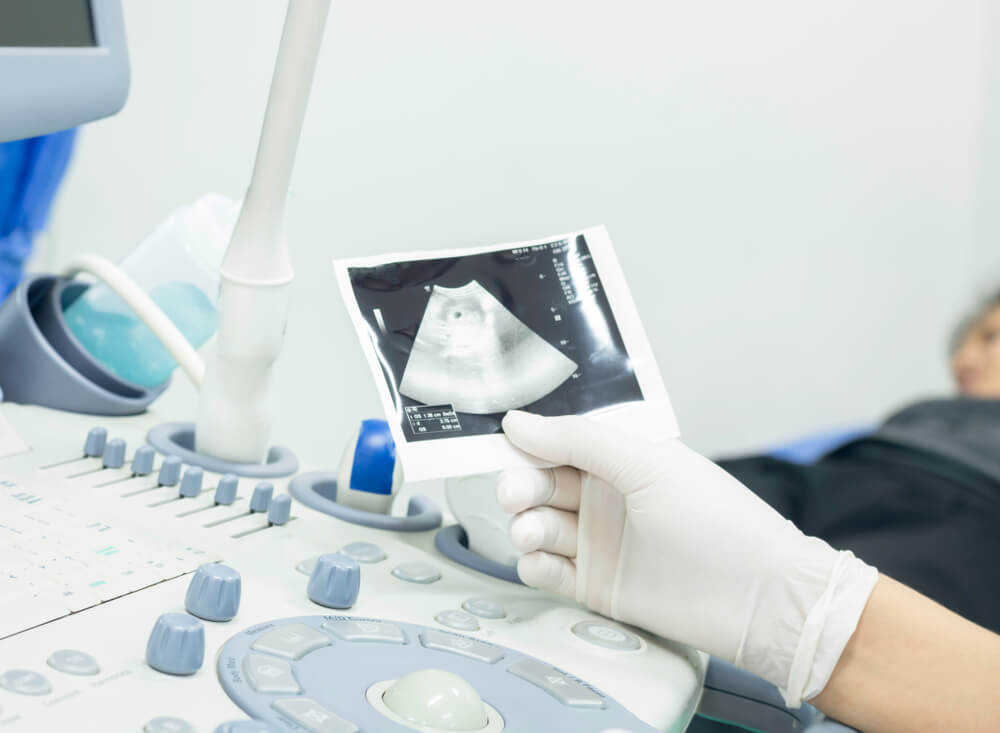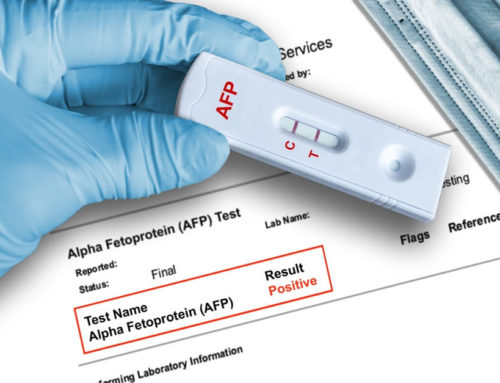Pregnancy can be easy and even relaxing for some women without any single problem or complication. While that’s possible, often, women experience different inconveniences and health problems during gestation.
One of the common problems pregnant women experience is the low-lying placenta, which occurs through the last few months of pregnancy. It’s a condition that can be highly unpleasant, as it can cause heavy bleeding, both before and throughout labor.
If you’ve been diagnosed with this condition and are looking for placenta previa treatment in Jacksonville, you’ve come to the right place. In this article, you’ll be able to familiarize yourself more with this topic and learn more about the low-lying placenta, the symptoms, and the available placenta previa treatment.
What Is Placenta Previa?
The first thing we need to answer is the question what is placenta previa? And the most straightforward answer is that it’s a condition where the placenta covers the opening of the cervix and causes heavy bleeding.
If you need more explanation, we should first talk about the placenta in general and its purpose.
The placenta is an organ that’s formed inside the uterus during every pregnancy. Its primary purpose is to provide the baby with the essentials for its development and survival, like oxygen and food. Another essential purpose of this organ is removing all the unnecessary waste from the blood of your little one.
In the beginning process of gestation, this sac-like organ can be positioned very low in the uterus; however, it’s normal for it to move away from the opening of the cervix and move along with the uterus as it stretches.
The normal position is near the top of the womb and should be positioned there by the third trimester. It’s the perfect location that will guarantee a standard delivery. However, there are times when it will stay attached to the lower part, covering the cervical opening. And when it happens, the condition is called placenta previa, which can cause bleeding before and during delivery.
If you’ve been diagnosed with this condition, you’ll be advised to rest and stop any unnecessary activities. We hope that now you can better understand what is the placenta previa, and later on, we’ll talk more about what you should and shouldn’t do if diagnosed with it.

Placenta Previa Symptoms
Placenta previa symptoms can often be seen as disturbing, including bleeding from the vaginal opening. And that’s a symptom no one want’s to experience when carrying a child. However, even if it happens to you, panic is not necessary. But you should contact your health care provider as soon as possible.
Other placenta previa symptoms are:
- Cramps
- Irregular spotting from the vagina
- Irregular bleeding
- Bleeding after intercourse
The Risk Factors
There is no specific cause for low-lying placenta development during gestation. Nevertheless, some women are more at risk than others.
You can be at risk of the placenta previa if you are or had:
- Women older than 35
- Multiple gestation
- Prior pregnancy
- Prior C-section delivery
- Prior experience with this condition
- Prior miscarriage
- Scaring of the uterus from previous procedures
- Uncommon position of the baby
- A uterus that’s shaped unusually
- Abuse of illegal drugs
- Smoking
The Diagnosis
To be 100% sure that a low-lying placenta causes the bleeding, an ultrasound has to be done. The condition can also be discovered during a routine checkup and an ultrasound exam, and it’s the most common way of diagnosing it.
The exam can be done with an abdominal ultrasound; however, a vaginal ultrasound should be done for a precise image. And in rare cases, an MRI will be used.
You should know that you shouldn’t panic if a low-lying placenta is discovered during early checkups. It is usually positioned lower during the first 20 weeks of gestation. And if it’s the same with you, it’s normal and will adjust later.
This condition should be suspected if it is still low later in pregnancy and bleeding starts.
Placenta Previa Treatment
The proper placenta previa treatment is essential for the health of both mother and the baby. And the course of placenta previa treatment will be selected based on the several symptoms.
These are the things that will determine the course of placenta previa treatment:
- The volume of bleeding
- The current position of the baby
- The current position of the placenta
- The health of the baby
- The week of pregnancy
The critical thing that will determine the course of the treatment is the bleeding volume.
If the bleeding is minimal and doesn’t happen too often, the best thing to do is rest. And by rest, it is advised to abstain from any sort of physical activity; exercising, cleaning, running, intercourse, etc. It’s also advised to avoid putting anything inside your vagina during this time.
If there’s heavy bleeding involved, the most common practice is to schedule a C-section. It’s always best to wait after 36 weeks if that’s possible; however, there are times when it’s necessary to be done earlier.

Placenta Previa Complications
Like with any health condition, there’s a possibility for placenta previa complications, and you should be prepared for them.
The possible placenta previa complications are:
- Uncontrollable bleeding – bleeding that can’t be stopped can happen before, during, and even hours after giving birth.
- Preterm birth – often, if the bleeding is uncontrollable, the only thing that can be done is an emergency C-section.
- Placenta accrete spectrum – a condition when the placenta is growing through the uterus wall.
But even if something like this happens, if you have a team of professionals helping you and your baby, you don’t have to worry about anything. Your OB-GYN and midwife will be there for you every step of this journey.
What You Should Do
The most important thing you should do if you get diagnosed with this condition is to listen closely to your OB-GYN and follow their advice.
It would help if you also ask anything you want to know about this and anything that’s been stressing you out. The more you learn about this topic and anything else when it comes to pregnancy, it will be easier to cope with everything that can happen.
The essential thing is to get enough rest and to stop any activities that can cause harm to you and your baby. And remember that it’s not wrong to ask for help and let other people from your surroundings help you.
Final Words
Even if a diagnosis like this can be upsetting and make you feel anxious, you can relax, as it’s something manageable. We are here for you if you need to talk to somebody or learn more about this topic.
Trogolo Obstetrics and Gynecology in Jacksonville is a reputable gynecological clinic with one primary goal; to make every woman feel comfortable and healthy. If you have any doubts or want to learn more about this, feel free to contact us.
Call us today and book your appointment with the best OB-GYNs in the area.





